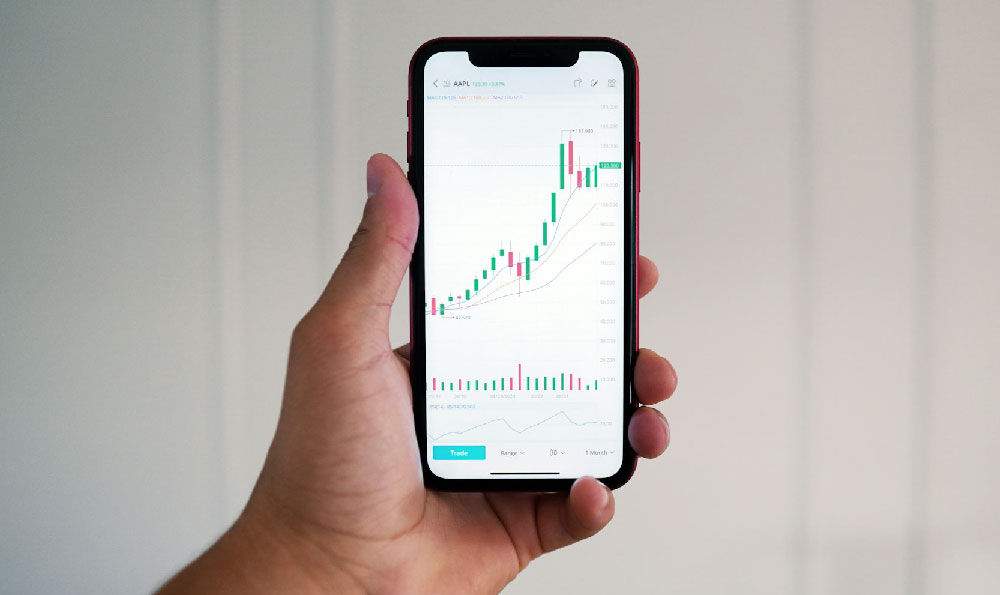What are SIP investments, and how do they work?

Okay, I'm ready. Here's an article based on your title "What are SIP investments, and how do they work?" without directly repeating the title and adhering to your other instructions:
SIP, or Systematic Investment Plan, is a method of investing in mutual funds wherein a fixed amount of money is invested at regular intervals, typically monthly or quarterly. Think of it as a disciplined savings mechanism blended with the potential growth associated with market-linked investments. Instead of needing a large lump sum to begin investing, SIP allows individuals to start small, making investing accessible to a wider range of people, regardless of their income level.
The underlying principle driving SIP's popularity and effectiveness is Rupee Cost Averaging. This strategy mitigates the impact of market volatility. When markets are down, your fixed investment amount buys more units of the mutual fund. Conversely, when markets are up, your fixed investment buys fewer units. Over the long term, this averaging effect tends to lower the average cost per unit of your investment, compared to making a single lump-sum investment. This is particularly advantageous in volatile markets where timing the market becomes nearly impossible. Trying to "time the market" – predicting when to buy low and sell high – is notoriously difficult, even for seasoned investors. SIPs remove the pressure of timing the market, allowing investors to participate in market growth without constantly worrying about short-term fluctuations.

To illustrate this, consider a scenario where you invest $100 per month in a mutual fund. In January, when the fund's Net Asset Value (NAV) is $10 per unit, you purchase 10 units. In February, if the NAV drops to $8 per unit, your $100 buys 12.5 units. In March, if the NAV rises to $12.5 per unit, your $100 buys 8 units. After three months, you've invested $300 and own 30.5 units. Your average purchase price per unit is approximately $9.84 ($300/30.5). Without the SIP approach, attempting to buy a lump sum when it seems ‘low’ could have led to purchasing when the NAV was significantly higher.
Beyond rupee cost averaging, SIPs offer several other compelling advantages. They encourage financial discipline. By automating investments at regular intervals, SIPs create a habit of saving and investing, making it easier to reach long-term financial goals. This disciplined approach is crucial for building wealth over time. It also offers convenience. Setting up an SIP is a relatively straightforward process. Most mutual fund companies and online investment platforms allow you to easily set up automatic debits from your bank account, making the investment process seamless. This hands-off approach frees up your time and eliminates the need for constant monitoring. Further contributing to convenience, SIPs are flexible. While they encourage regular investments, most SIPs allow you to pause, increase, or decrease your investment amount as your financial situation changes. This flexibility allows you to adapt your investment strategy to meet your evolving needs.
SIP investments are suitable for a wide range of investment goals, including retirement planning, children's education, buying a home, or simply building a long-term investment portfolio. The key is to align your SIP investments with your risk tolerance and investment horizon. For example, if you have a long investment horizon (e.g., 20 years or more) and a higher risk tolerance, you might consider investing in equity mutual funds, which have the potential for higher returns but also carry greater risk. On the other hand, if you have a shorter investment horizon or a lower risk tolerance, you might consider investing in debt mutual funds, which are generally less volatile but offer lower returns.
While SIPs offer numerous benefits, it's important to understand the potential risks involved. Like all market-linked investments, SIPs are subject to market risk. The value of your investments can fluctuate depending on market conditions. It's crucial to choose mutual funds carefully, considering factors such as the fund's past performance, expense ratio, and investment strategy. It's also essential to remember that past performance is not indicative of future results.
Before investing in an SIP, it's advisable to consult with a financial advisor to determine the most suitable investment strategy for your individual needs and circumstances. A financial advisor can help you assess your risk tolerance, set realistic financial goals, and choose the right mutual funds for your portfolio. They can also provide ongoing guidance and support to help you stay on track with your investment plan.
In conclusion, SIPs offer a convenient, disciplined, and accessible way to invest in mutual funds. By leveraging the power of rupee cost averaging and encouraging regular savings, SIPs can help you build wealth over time and achieve your financial goals. However, it's crucial to understand the risks involved and to seek professional advice before making any investment decisions. Careful research, proper planning, and a disciplined approach are essential for successful SIP investing. Remember that long-term investing horizons generally yield the best results, allowing time for market fluctuations to average out and for the power of compounding to work its magic.















